From Palestine to Lebanon to Yemen, leaders may die but the resistance lives on
By Wesam Bahrani
Hamas leader Yahya's Sinwar martyrdom, particularly the striking nature of it while fighting Israeli occupation forces suffering grievous injuries in a marathon battle, sets a new precedent.
His supreme sacrifice exemplifies how the anti-Zionist armed resistance movement gains momentum when iconic and courageous leaders and commanders are martyred on the frontline.
This pattern has been evident in Gaza's modern history since the founding of Hamas by Sheikh Ahmed Yassin in late 1987, at the start of the first Palestinian Intifada.
At that time, the resistance movement had little to no weapons, yet Sheikh Yassin's leadership inspired the Al-Qassam Brigades even as his health deteriorated after eight years in Israeli prisons.
The Israeli forces, threatened by Yassin's overwhelming influence, assassinated the wheelchair-bound leader in 2004 after a failed attempt to defeat Hamas' armed wing during the second Intifada.
By this time, however, the Al-Qassam Brigades had begun resisting Israeli occupation not just with rifles but also with homemade Qassam rockets, which still managed to intimidate Israel.
Sheikh Yassin's deputy, Abdel Aziz al-Rantisi, took up the leadership, and within a month, he too was martyred in an airstrike, a sign of how feared Hamas’ leadership was by Israeli forces.
At that point, Israel likely believed Hamas was nearing collapse, but a young resistance figure, Ismail Haniyeh, was already rising through the ranks.
The man with a black beard was present at both Yassin’s and al-Rantisi’s funerals.
Haniyeh, who was martyred in the Iranian capital Tehran, spent his time strengthening Hamas' missile capabilities, as demonstrated during the Sword of al-Quds operation in May 2021.
No Iron Dome and no David Sling could intercept the volley of missiles that hit Tel Aviv at that time.
For the first time in Hamas’ history, Israeli-occupied cities, including Tel Aviv, were hit by a barrage of missiles, marking a shift in the power dynamic. This was the first instance where the Gaza-based resistance movement, reacting to provocations at the al-Aqsa Mosque, went on the offensive.
Since then, the situation has continued to escalate. More than a year has passed since the American-backed Israeli genocidal war on Gaza began, resulting in the martyrdom of key Hamas leaders like Saleh al-Arouri, Haniyeh, and most recently, Sinwar.
WATCH: Yahya Sinwar, Iconic Hamas leader and flagbearer of resistance dies on the frontline
— Press TV 🔻 (@PressTV) October 18, 2024
Follow us on Telegram: https://t.co/B3zXG73Jym pic.twitter.com/UCgvFfksxC
Despite the military onslaught and the humanitarian crisis in Gaza, Al-Qassam brigades have continued to resist and inflict significant losses on Israeli regime forces.
After Sinwar’s martyrdom, a high-ranking Israeli military officer, a brigadier general of the 401st Brigade, was killed in Jabalia, an area in northern Gaza where massacres are being committed daily, including at hospitals.
This officer, Ehsan Daxa, is one of many Israeli officers who have been neutralized in Gaza. Meanwhile, questions are mounting over Israel’s prolonged ground campaign, as resistance groups like Al-Qassam Brigades and Al-Quds Brigades continue to strike Israeli tanks and armored vehicles.
Contrary to Israeli premier Benjamin Netanyahu’s promises to eliminate the Gaza resistance movement, Hamas remains strong, building weapons to potentially fight for years.
How many Israeli tanks and armored vehicles are still being bombed across the coastal territory? Have the captives been freed? Netanyahu finds himself in an embarrassing position amid settler protests.
The Palestinian resistance groups, the Al-Qassam Brigades, Al-Quds Brigades, and others are bombing Zionist tanks on a scale not seen before, across the Gaza Strip despite repeated ground invasions.
Israel's forces have been repeatedly caught in ambushes, and Netanyahu is under pressure to declare defeat, a move he cannot afford. The martyrdom of figures like Sinwar is fueling the resistance, and many others stand ready to replace him.
So the regime has switched focus to Lebanon but history suggests this may not bode well for Israel.
The martyrdom of Hezbollah's Secretary-General, Seyyed Hassan Nasrallah, has further empowered Lebanese resistance fighters, who are now engaging Israeli forces with a precision and ferocity previously unseen.
Hezbollah continues to strike Israeli targets, and the Iron Dome has struggled to fend off these attacks.
Hezbollah’s organizational strength, planning, and resilience in the face of leadership losses have only deepened its resolve. Nasrallah’s martyrdom, like that of other Hezbollah martyrs before him, has not weakened the group but rather invigorated its fighters.
Through every tear,
— Press TV 🔻 (@PressTV) October 9, 2024
through every cheer,
your name will RISE
year after year
A song in tribute to martyred Hezbollah leader Sayyed Hassan Nasrallah pic.twitter.com/lFzUZPip6p
The first Secretary-General of Lebanon's Hezbollah, Sayyed Abbas al-Mousavi was martyred along with his wife and child, by the same apartheid regime forces in 1992.
A sad event, but it saw Sayyed Nasrallah take the helm and ultimately drive out the occupation in the year 2000. The blood of Sayyed al-Mousavi was the driving force behind that.
Following the martyrdom of Sayyed Nasrallah on September 27 this year, the Israeli occupation, its Western backers, and some regional Arab supporters pontificated (in the public domain) the idea that Hezbollah was finished.
Hezbollah was definitely hurt by pager explosions and assassinations of its leaders. But what is happening at the front lines now, and what has happened on the battlefield since then?
Before directing his forces to invade southern Lebanon on October 1, Netanyahu promised to return Israeli settlers to their homes in the north. Netanyahu himself no longer has a home thanks to a drone that flew undetected for at least 70km from Lebanon.
There isn't a shred of evidence the Zionist regime can offer, which will see the settlers return to the north, not for the foreseeable future.
Hezbollah has at least 100,000 fighters and only several hundred of them are defending southern Lebanon against an estimated 70,000 Israeli troops, many of them from special units.
The Lebanese resistance is firing missiles across occupied Palestine with chants of 'At your service, O Nasrallah'.
It is safe to say that Seyyed Nasrallah's martyrdom has empowered Hezbollah fighters. And the long-range precision missiles as well as other advanced military technology at Hezbollah's disposal have yet to enter the battlefield. Yet, the Lebanese resistance is springing surprises every day.
What had been expected from Hezbollah in any future war with the Zionist regime is currently being implemented with perfection. The Lebanese resistance has planned for every scenario.
If a commander is martyred, another steps in. Everyone within the organization is battle-hardened, fully aware of their duties even if communication is lost with the leadership. Each unit, missile, ground, air, and defense, follow pre-planned combat guidelines to a tee.
The Zionist regime wasn't expecting the resistance to execute operations with the level of sophistication it is doing so after Sayyed Nasrallah's martyrdom.
Mass protests in Yemen mark anniversary of Al-Aqsa Flood Operation@lat6ff reports from Sana'a pic.twitter.com/4N1WKVtBTa
— Press TV 🔻 (@PressTV) October 8, 2024
Drone and missile strikes from Lebanon have rendered the much-hyped Iron Dome and other “air defense systems” useless, striking the heart of Israeli military targets in occupied Palestine.
Who would have thought a Hezbollah drone attack would strike the canteen building of the Golani Brigade base at the exact time Zionist troops were having dinner? Not one hour before, not one hour after?
This indicates that Hezbollah has information on the most secretive Zionist targets that it can hit with precision and it has now footage and data that its Hudhub drone captured in the occupied land.
Sensitive sites in Haifa are being bombarded. Only Hezbollah and God know what the Hudhud brought back from Haifa. The city may eventually turn out to be more important than Tel Aviv.
This martyrdom of resistance leaders isn't limited to Hamas and Hezbollah.
There is Yemen as well, carrying out daring military operations against the Zionist entity and its Western backers, without fear of consequences.
Who would have thought that Sayyed Hussein al-Houthi's legacy of struggle and fight against a long-term puppet leader of the United States would inspire the Yemeni revolution in early 2015?
The poorest and war-ravaged country in West Asia fought for its sovereignty and independence to stand up with Gaza and Lebanon. And the million-man pro-Palestine and pro-Lebanon marches across the country every single Friday for an entire year is what the mainstream media choose to conceal.
When the Ansarulllah leader Sayyed Abdul Malik al-Houthi's wingman, Saleh al-Sammad, was martyred by the Saudis and the United States in 2018, the Yemenis continued to fight with greater intensity.
Mahdi al-Mashat, who replaced al-Sammad as head of the Supreme Political Council, has made Yemen today a force to reckon with.
Have Zionist or Zionist-affiliated ships been able to transit the Red Sea? The answer is in Eilat Port, which has gone bankrupt as well as other Israeli-occupied ports. Vessels fear to sail in troubled waters.
Attempts by the Zionists to send their vessels via the Mediterranean have seen Yemeni missiles reach them. This is while Yemen is firing hypersonic missiles at Tel Aviv in solidarity with Gaza.
From the bravery of Hezbollah in Lebanon to the courage of Islamic Resistance in Iraq to the true Arabs of Syria to the ancient civilization of Yemen, resistance lives on in many different shades.
Wesam Bahrani is an Iraqi journalist and commentator.
(The views expressed in this article do not necessarily reflect those of Press TV.)
Turkey’s aerospace company targeted in ‘terror attack,’ casualties reported
US political class is under the control of Israeli and American Zionists: US author
WHO: Intense Israeli bombardment halts polio vaccination in northern Gaza
Leader: Struggles of Nasrallah, Sinwar changed fate of West Asia region
Hezbollah launches retaliatory strikes on Israeli military positions
Saudi channels became ‘Zionists more than Zionists themselves’: Ramallah activists
On Iran’s first participation in BRICS summit as full member
VIDEO | Press TV's news headlines



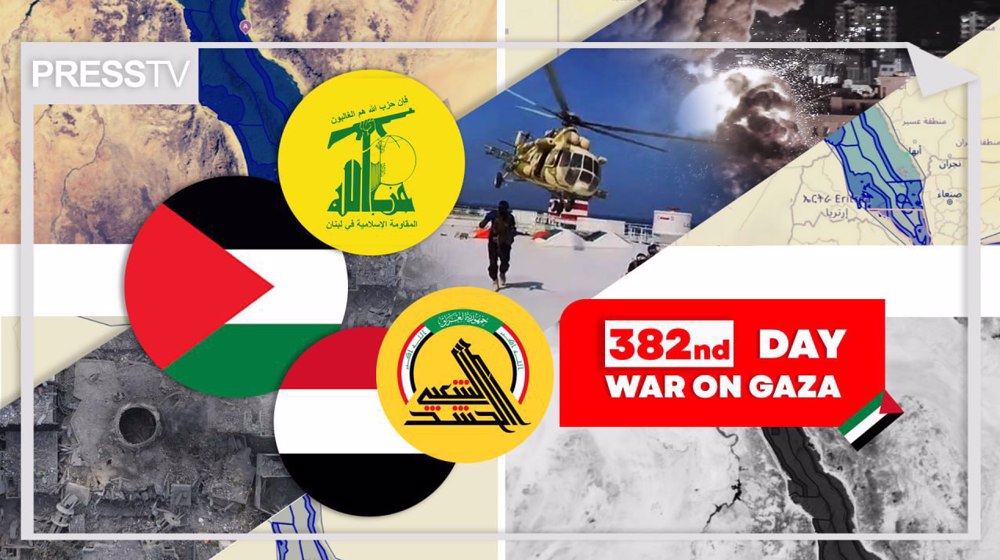
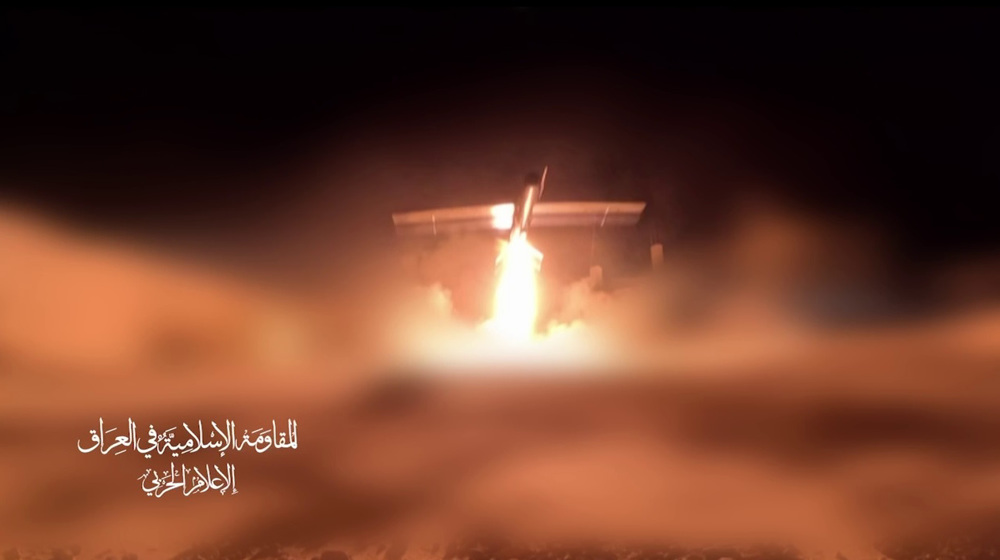




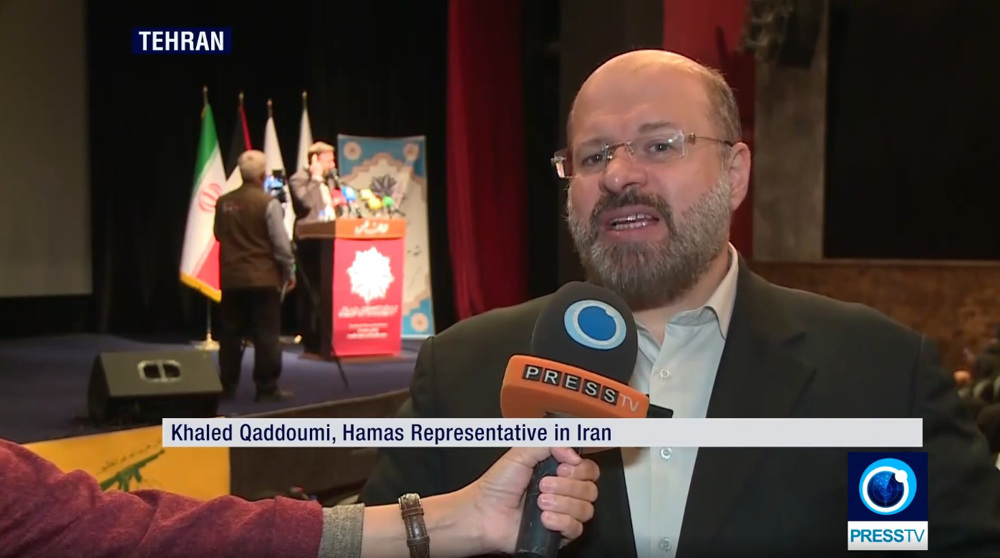
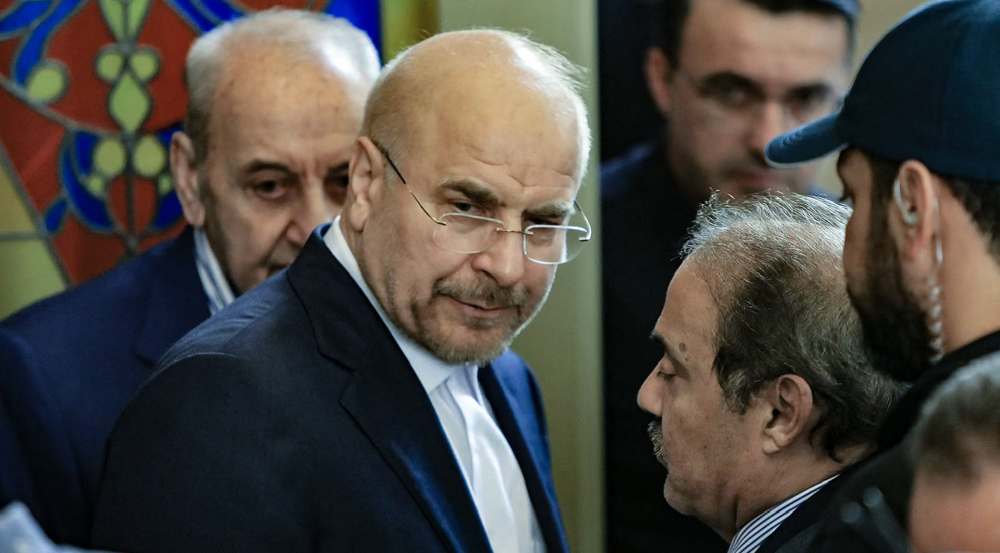

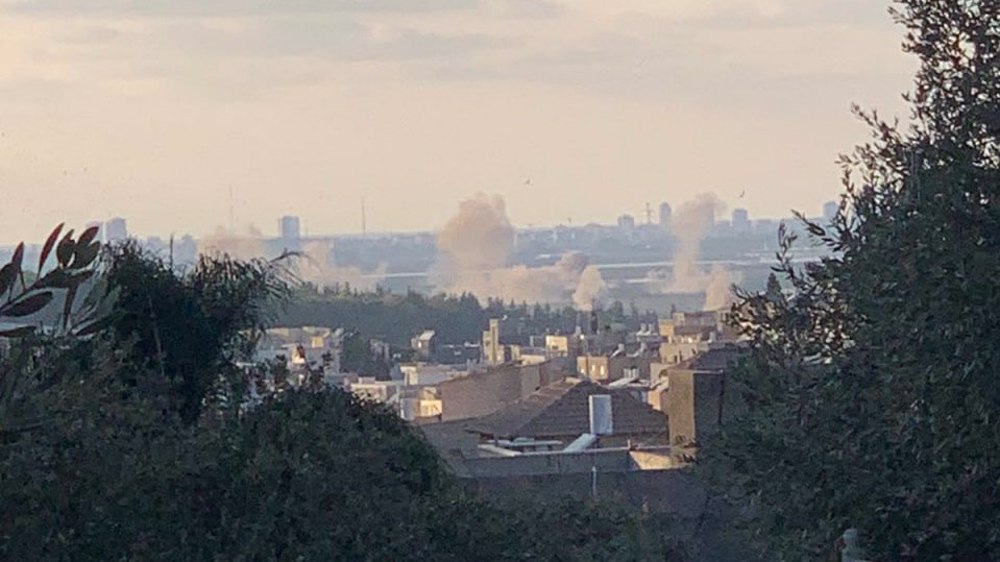

 This makes it easy to access the Press TV website
This makes it easy to access the Press TV website